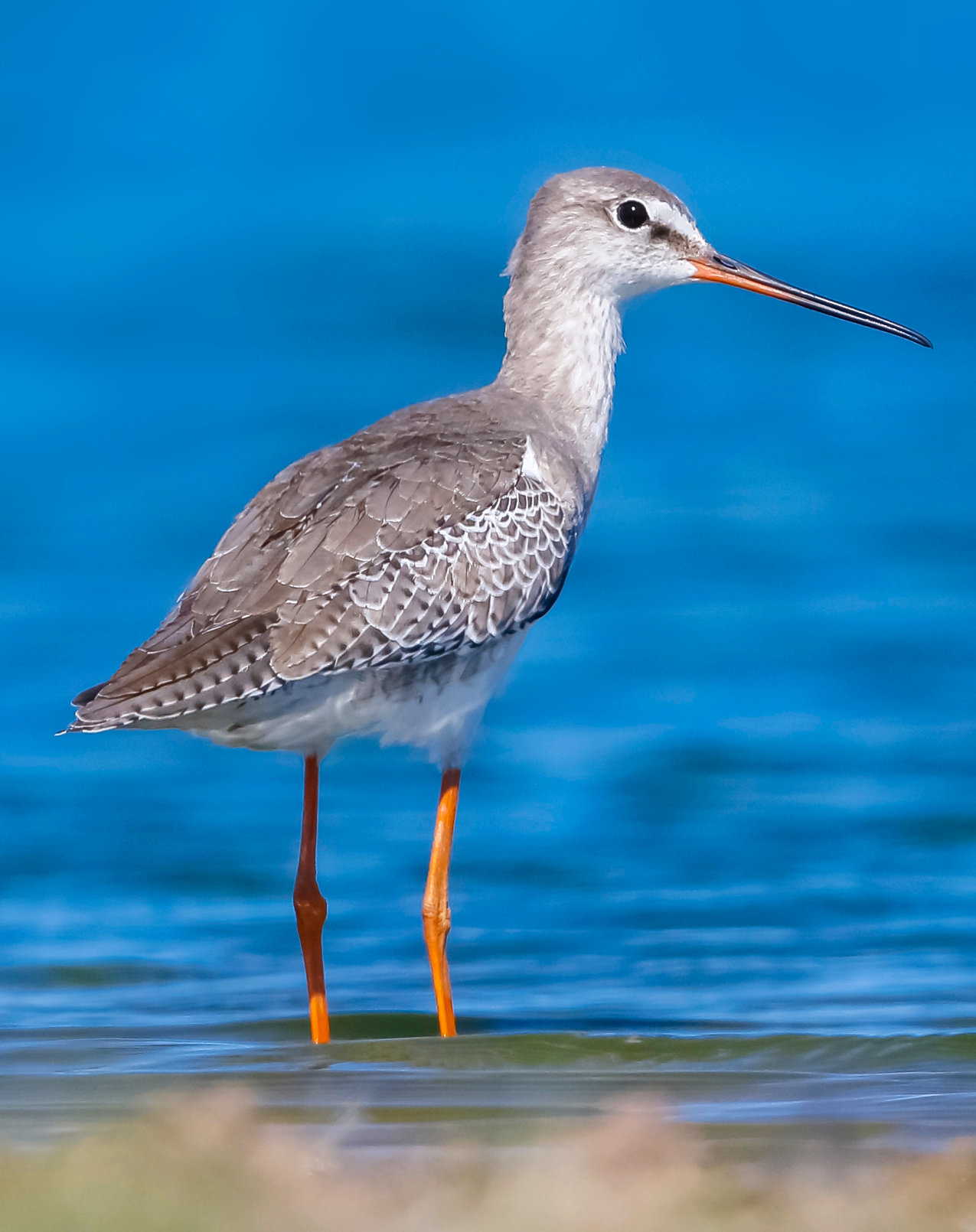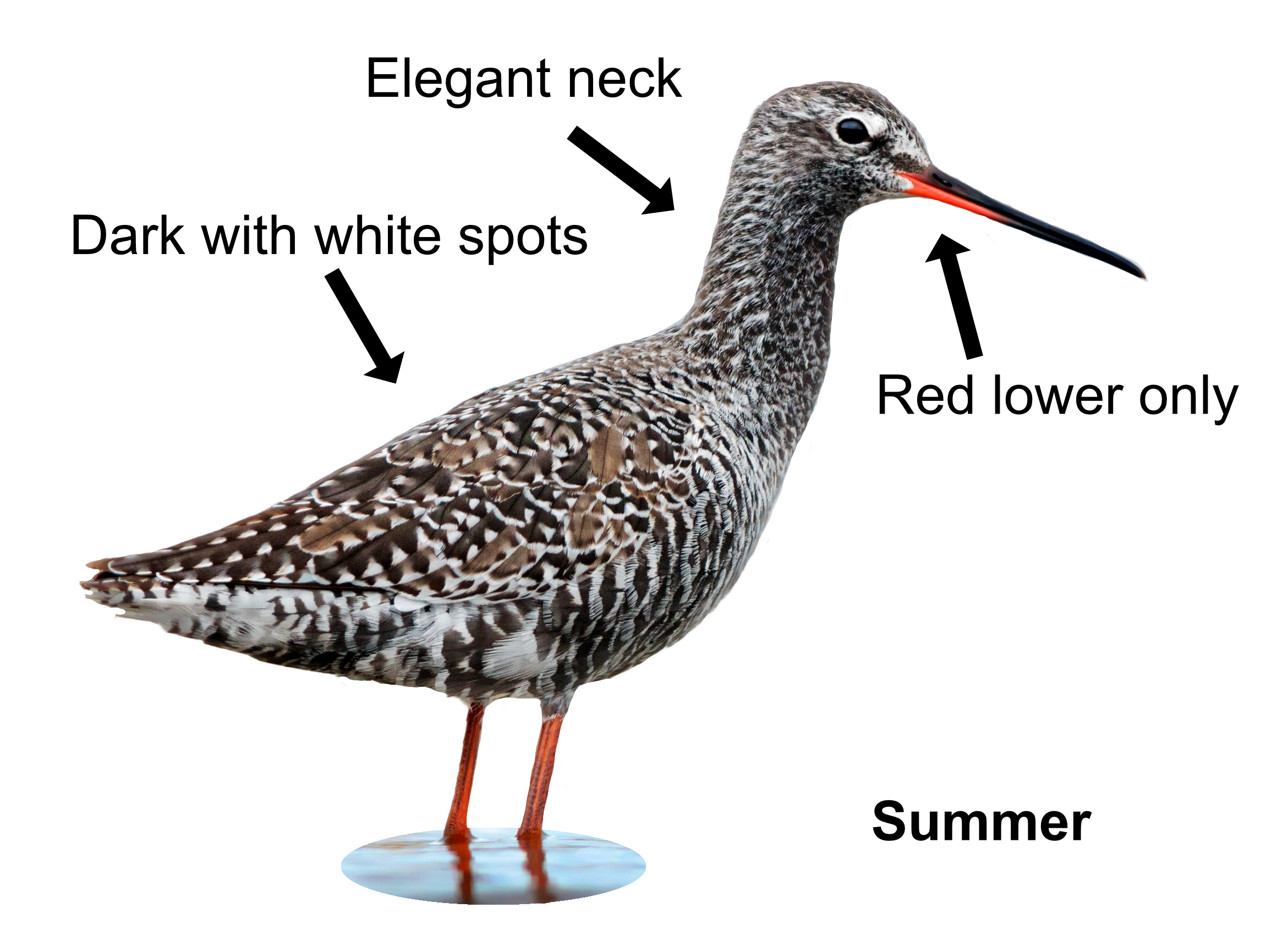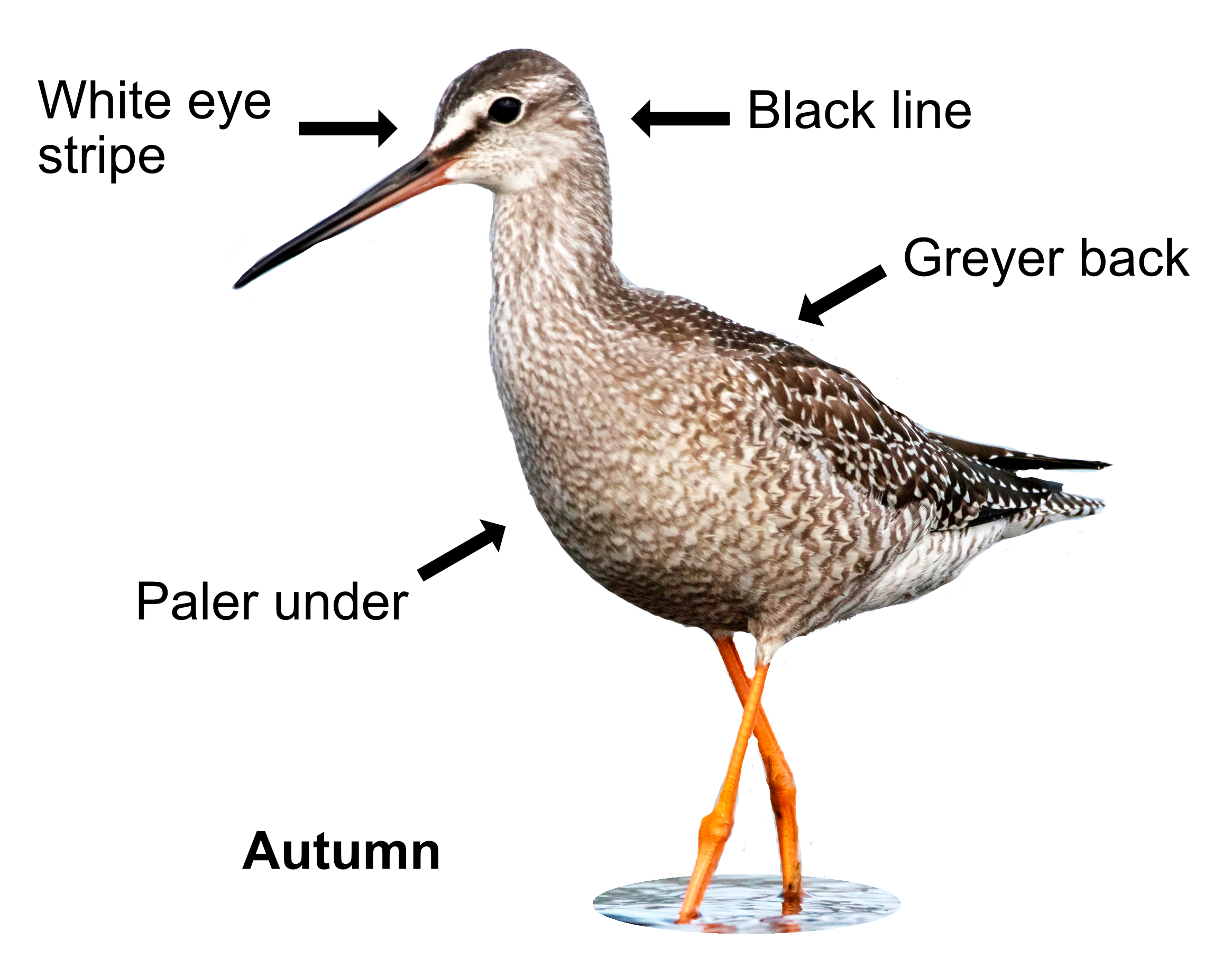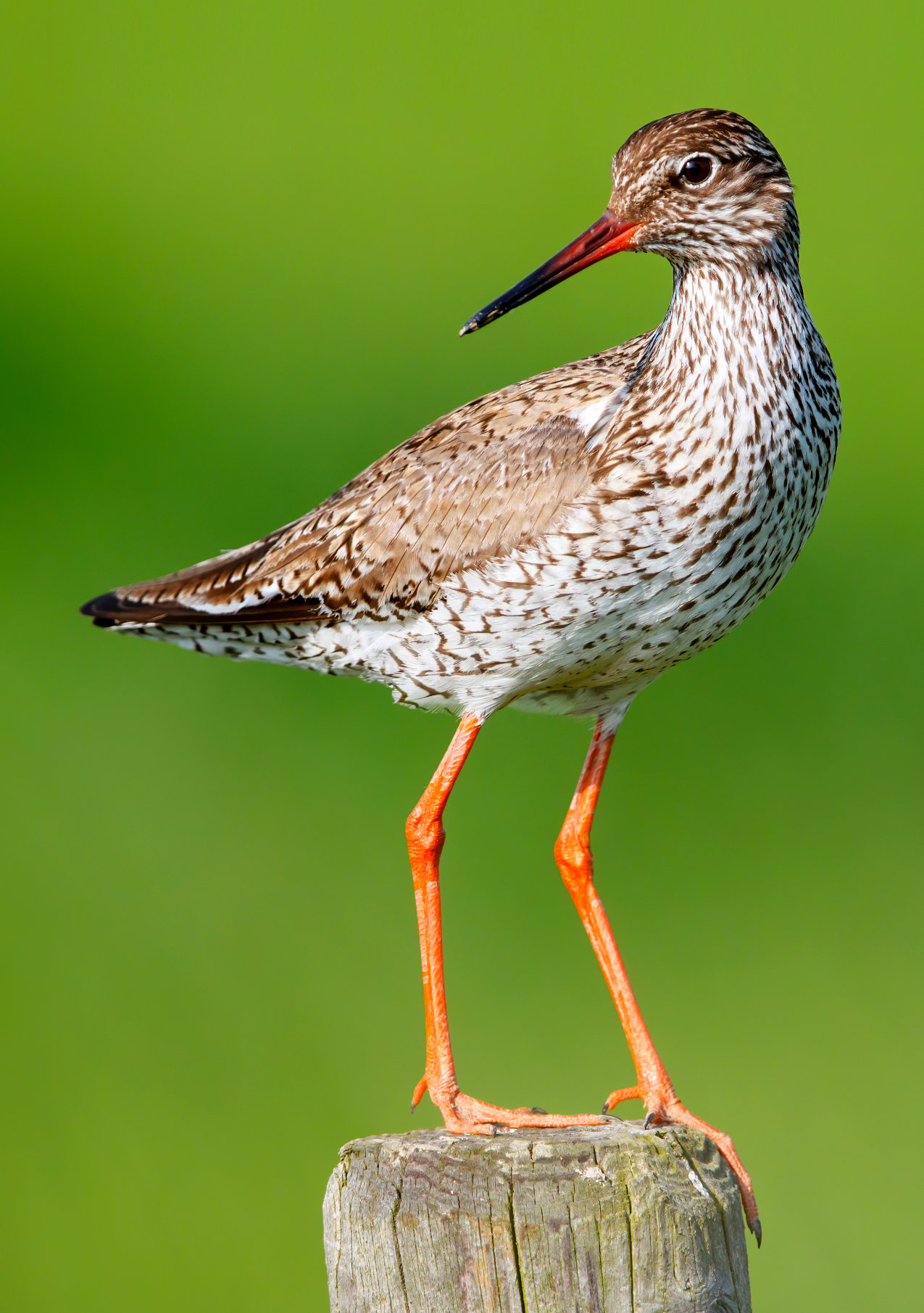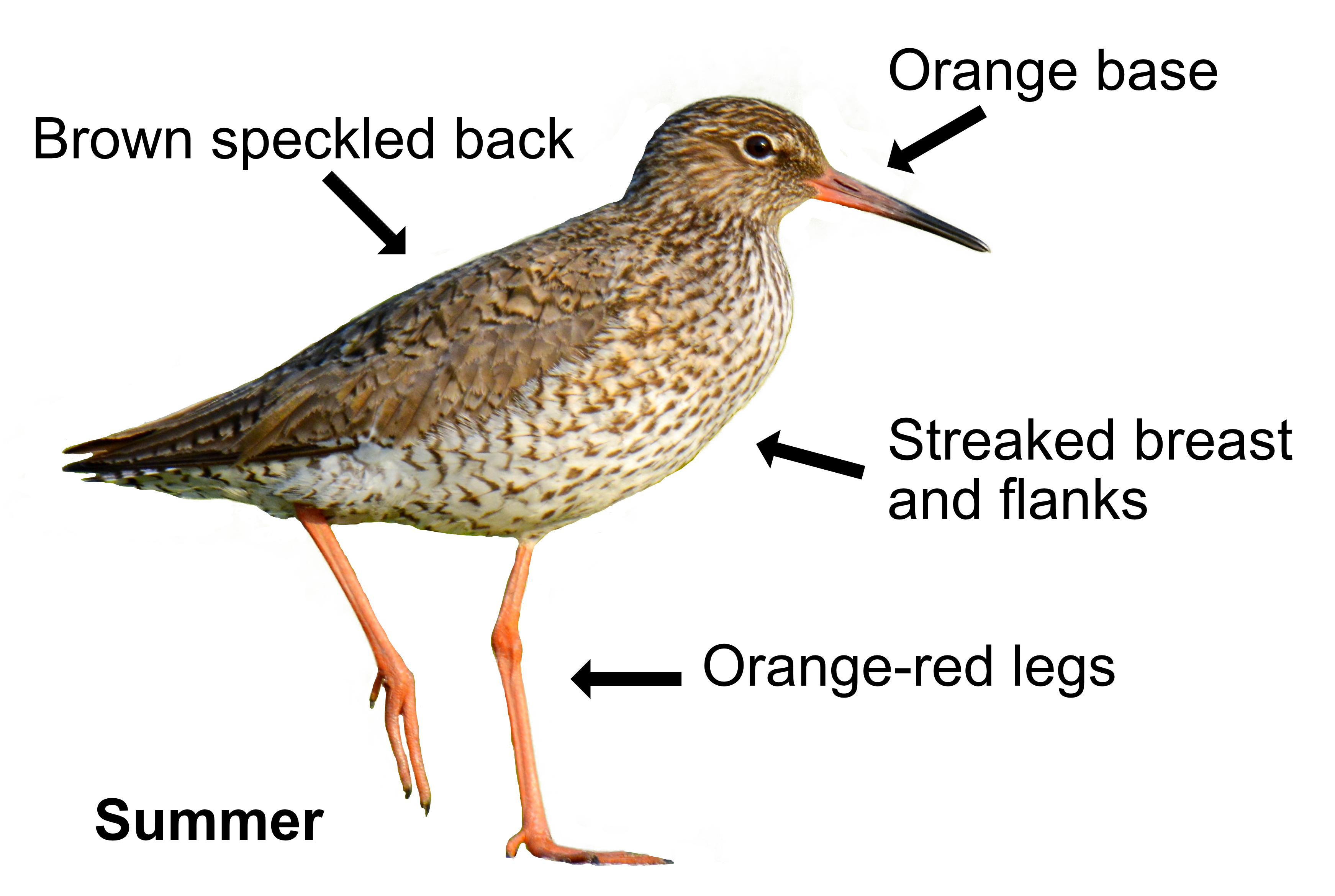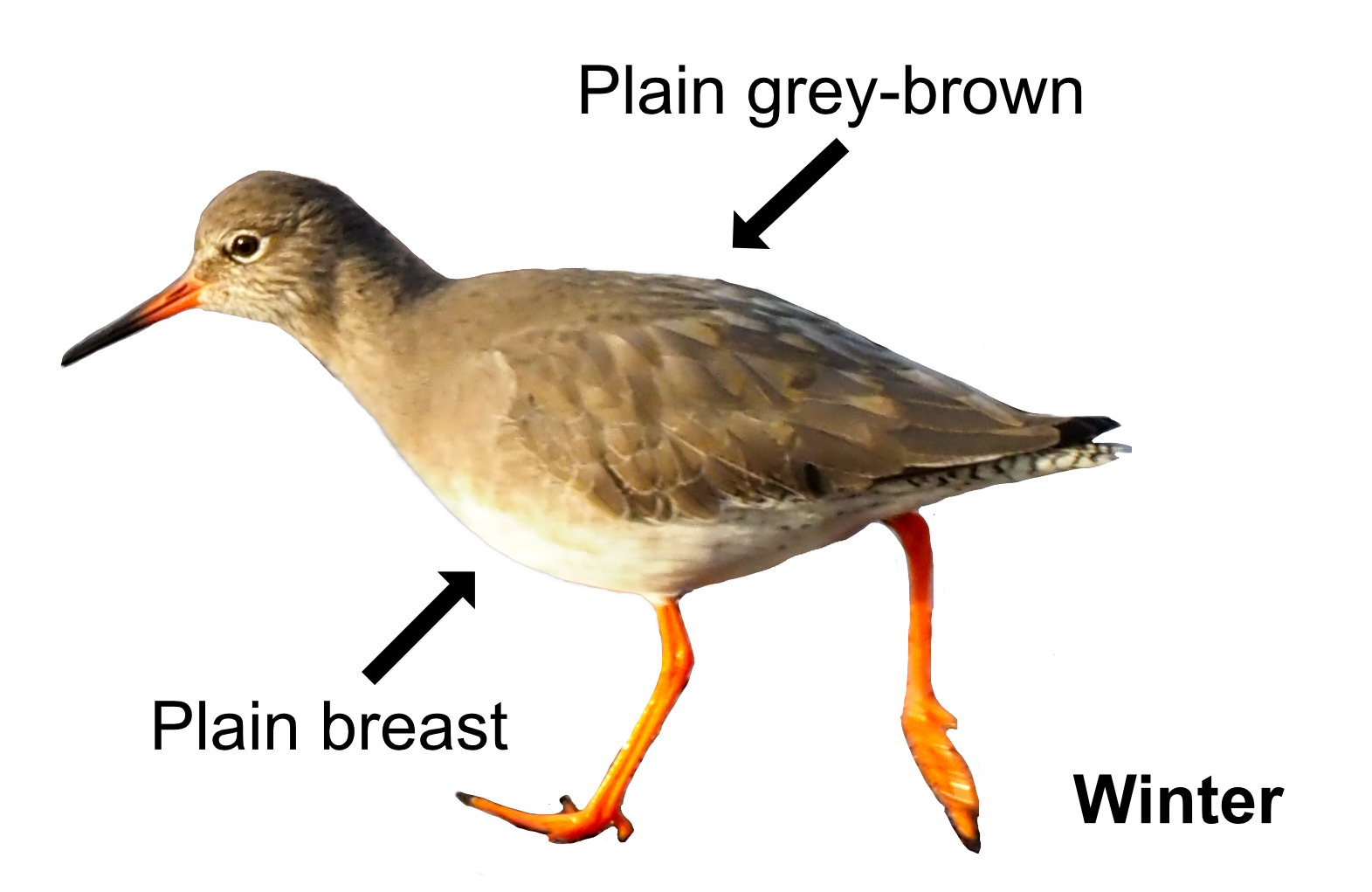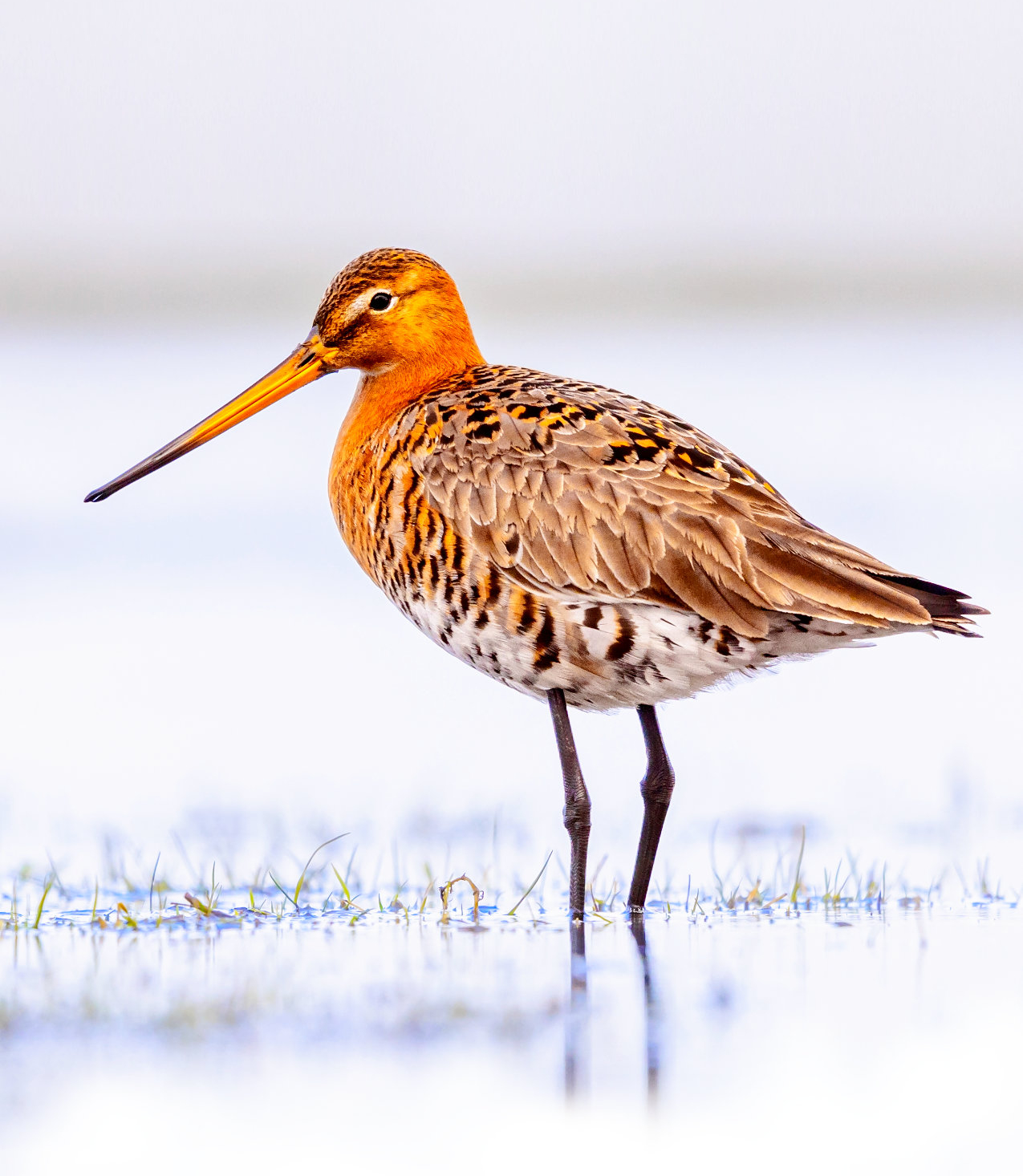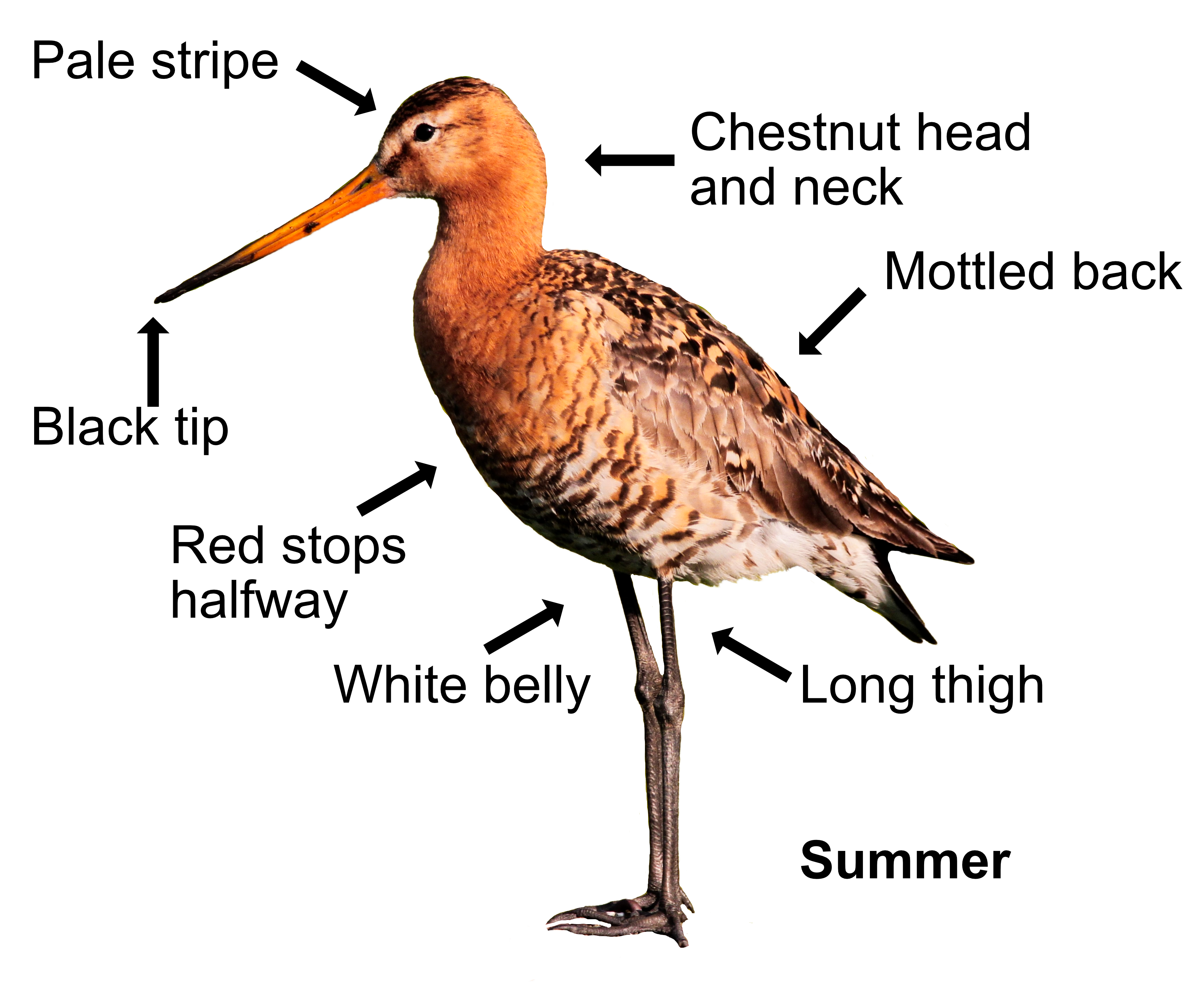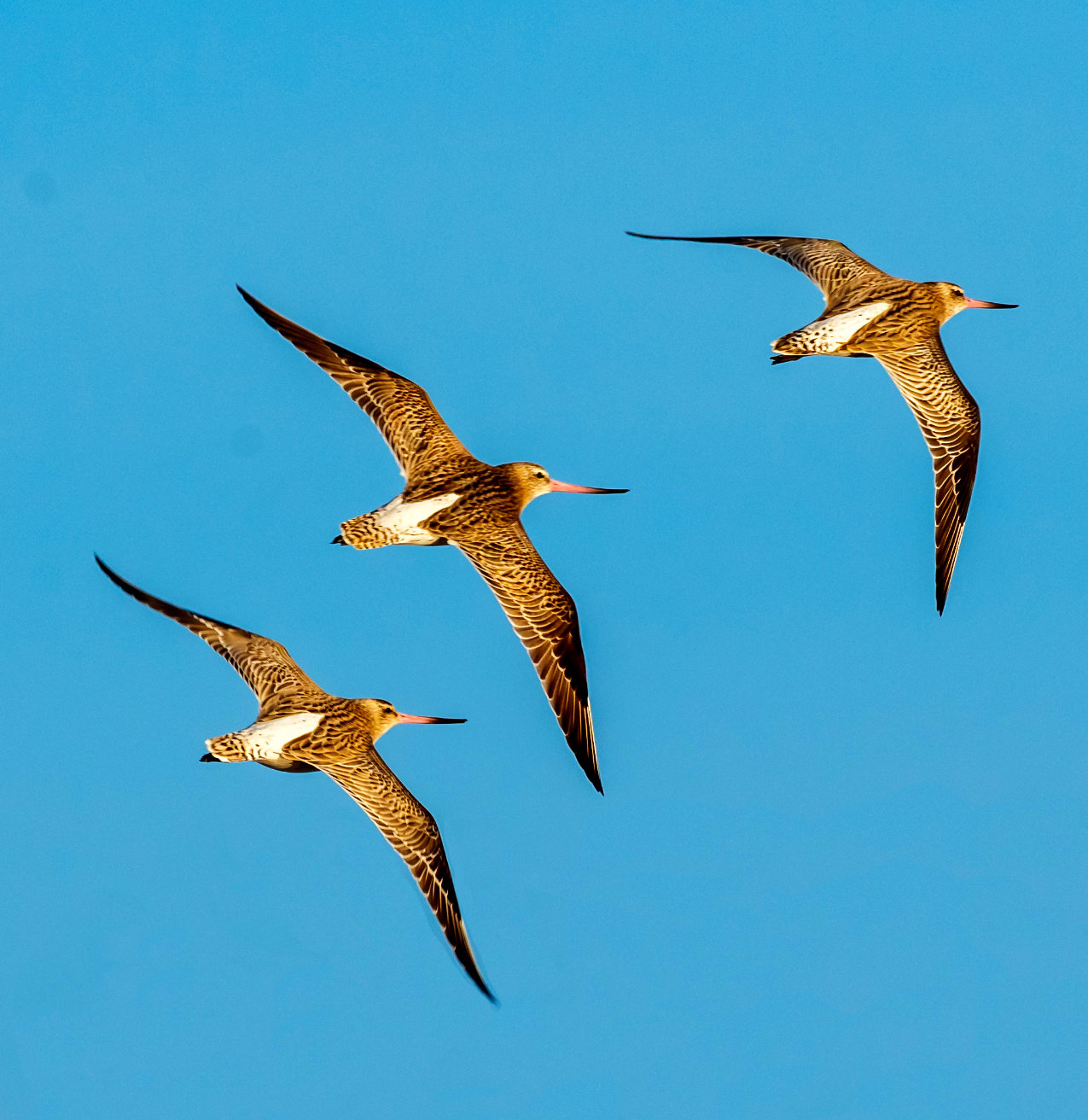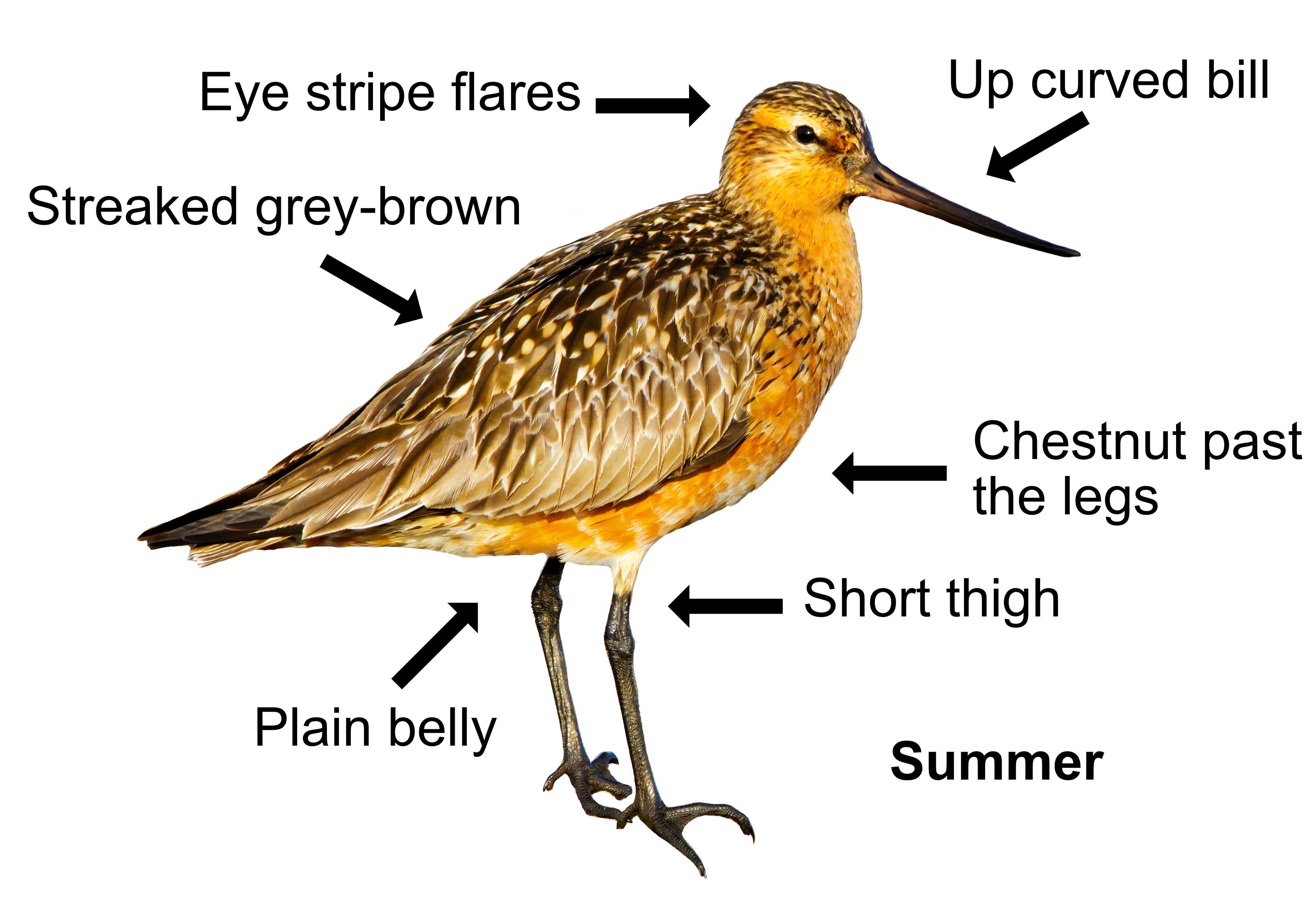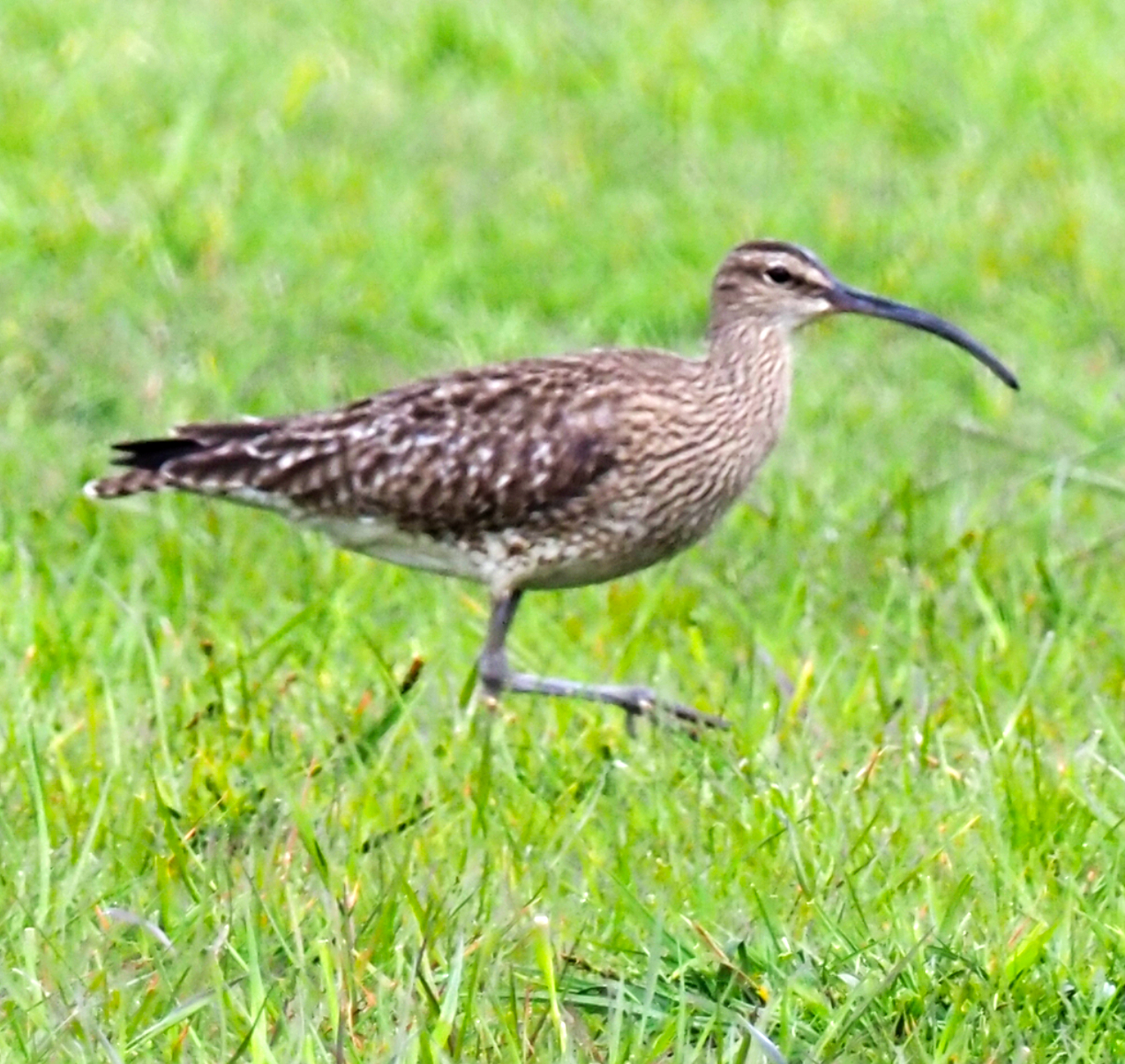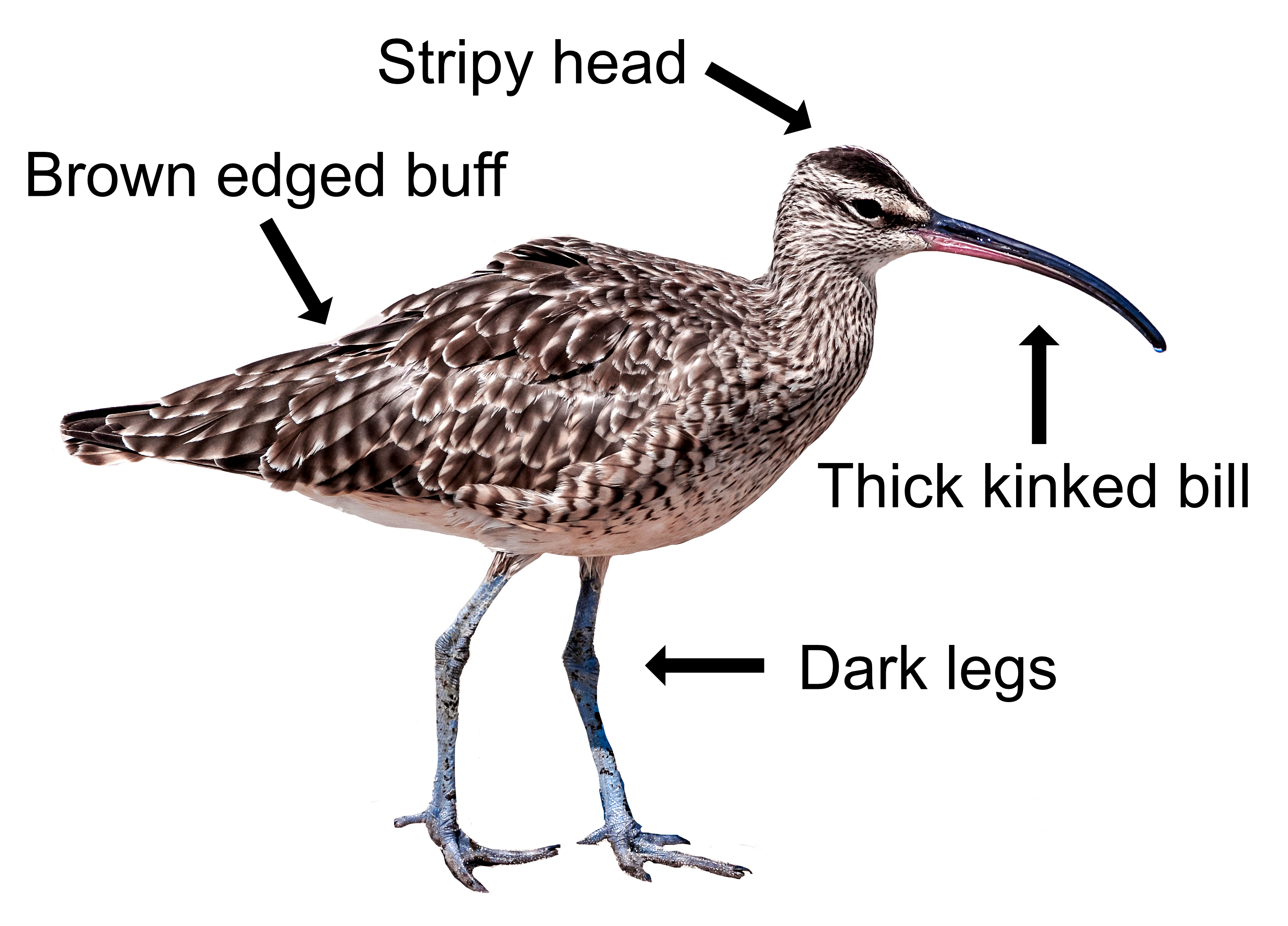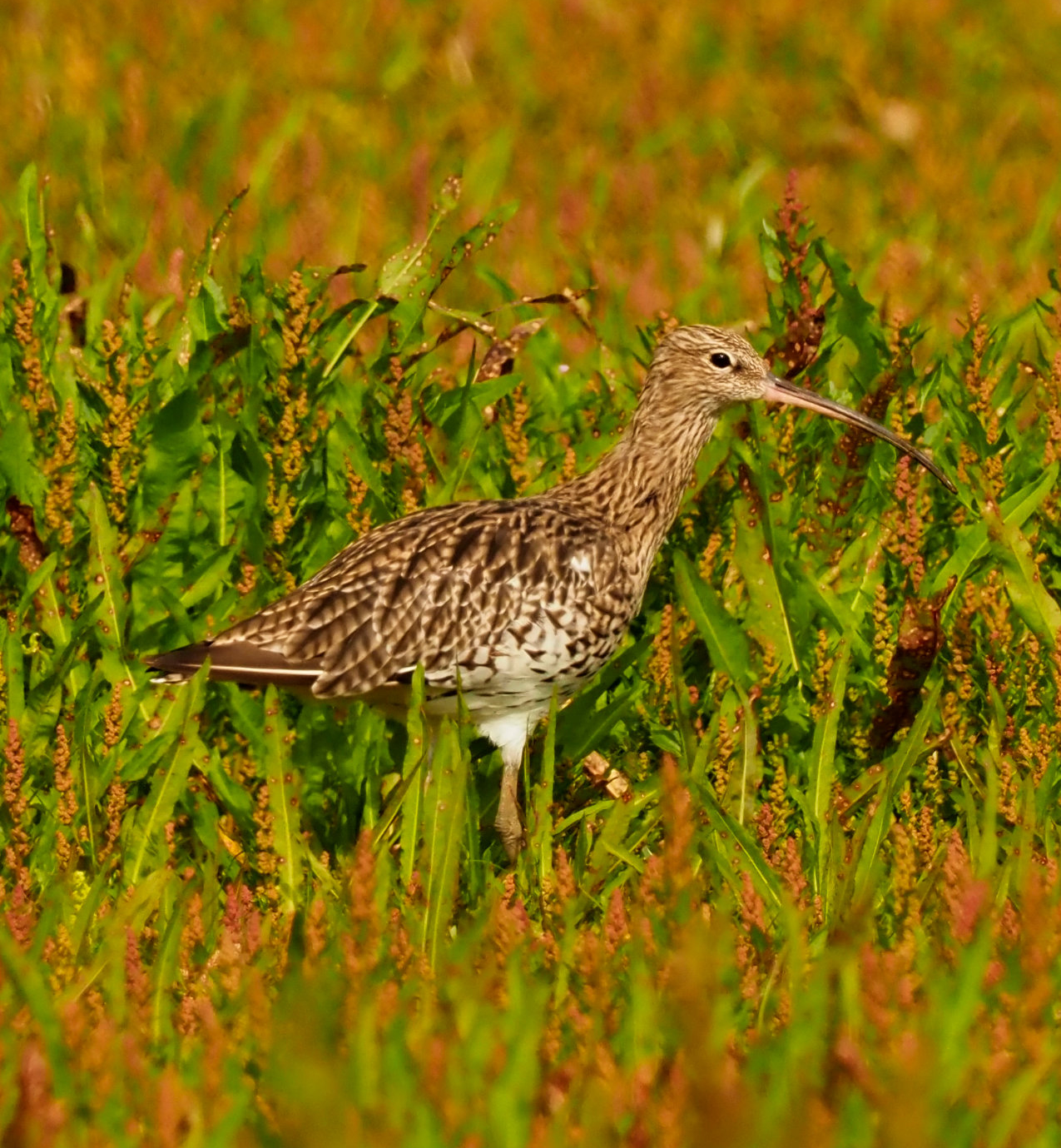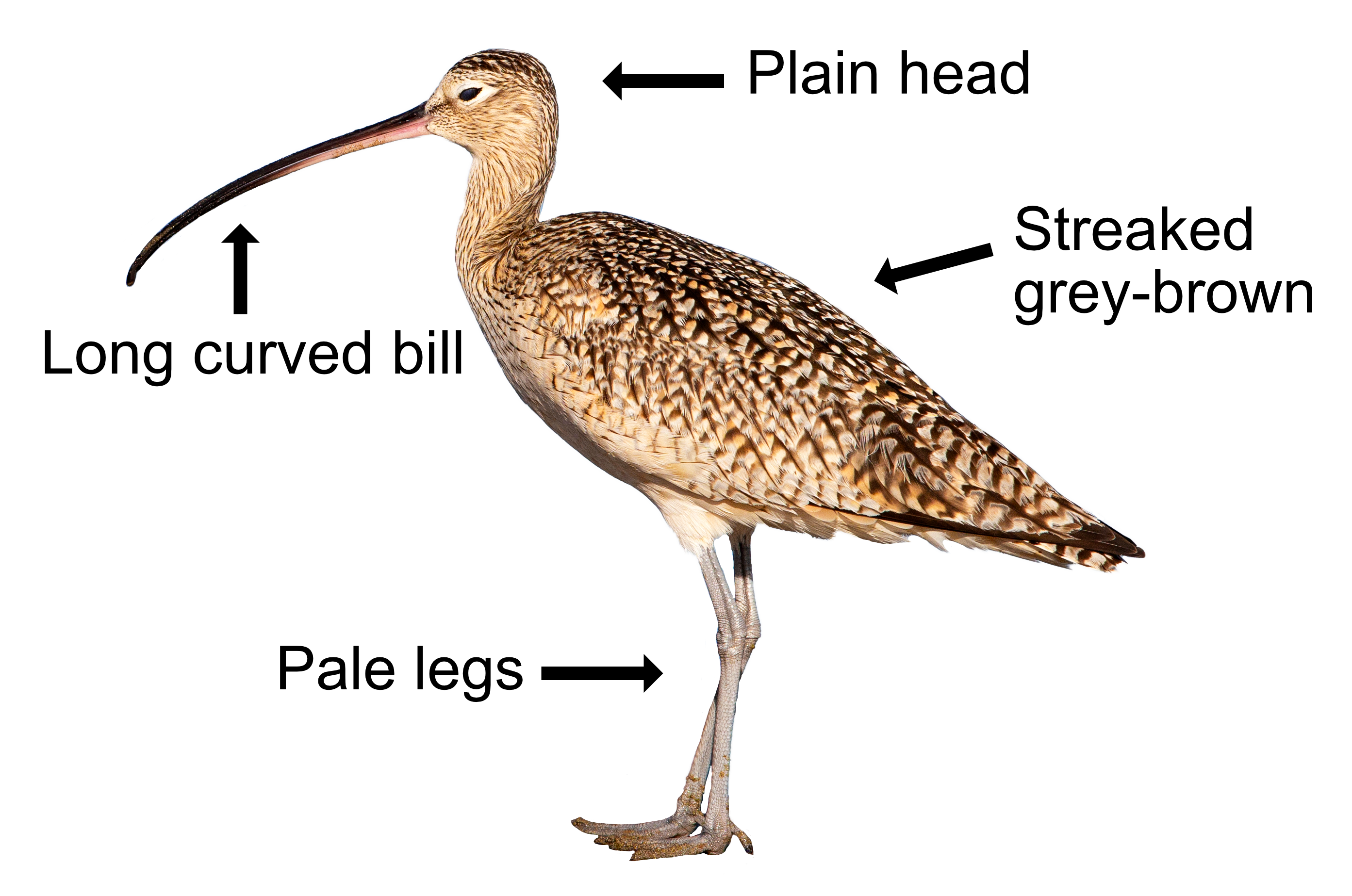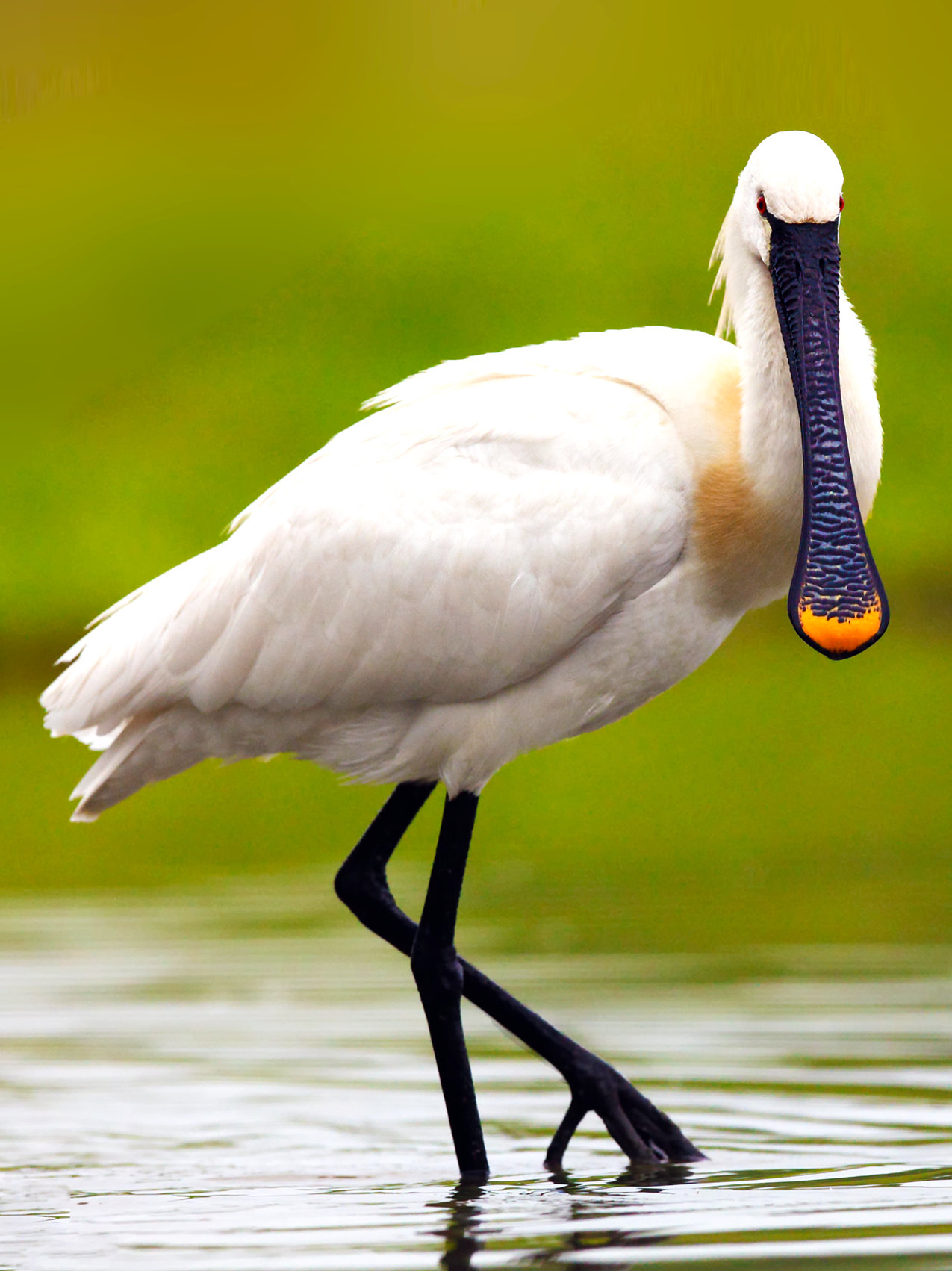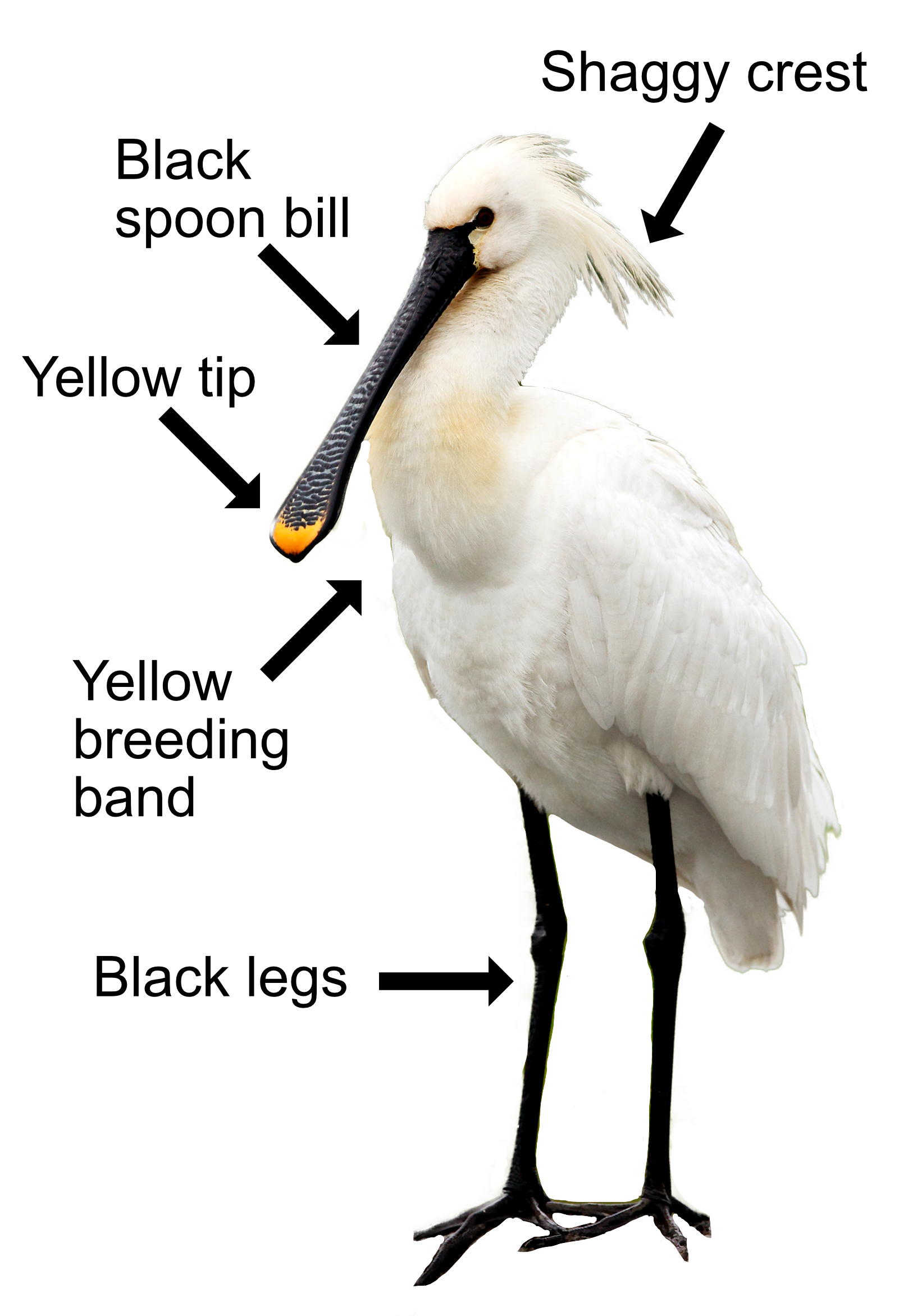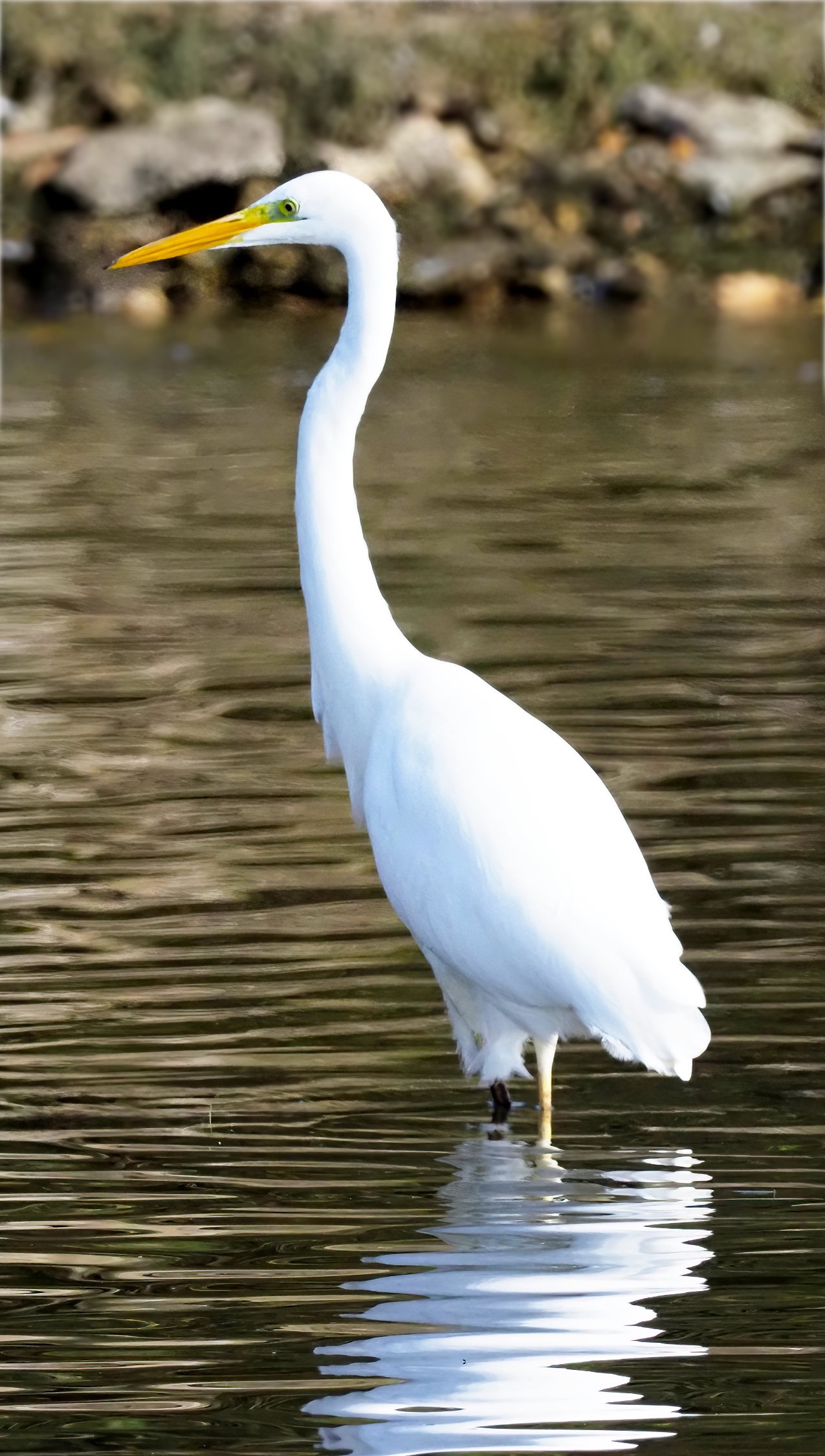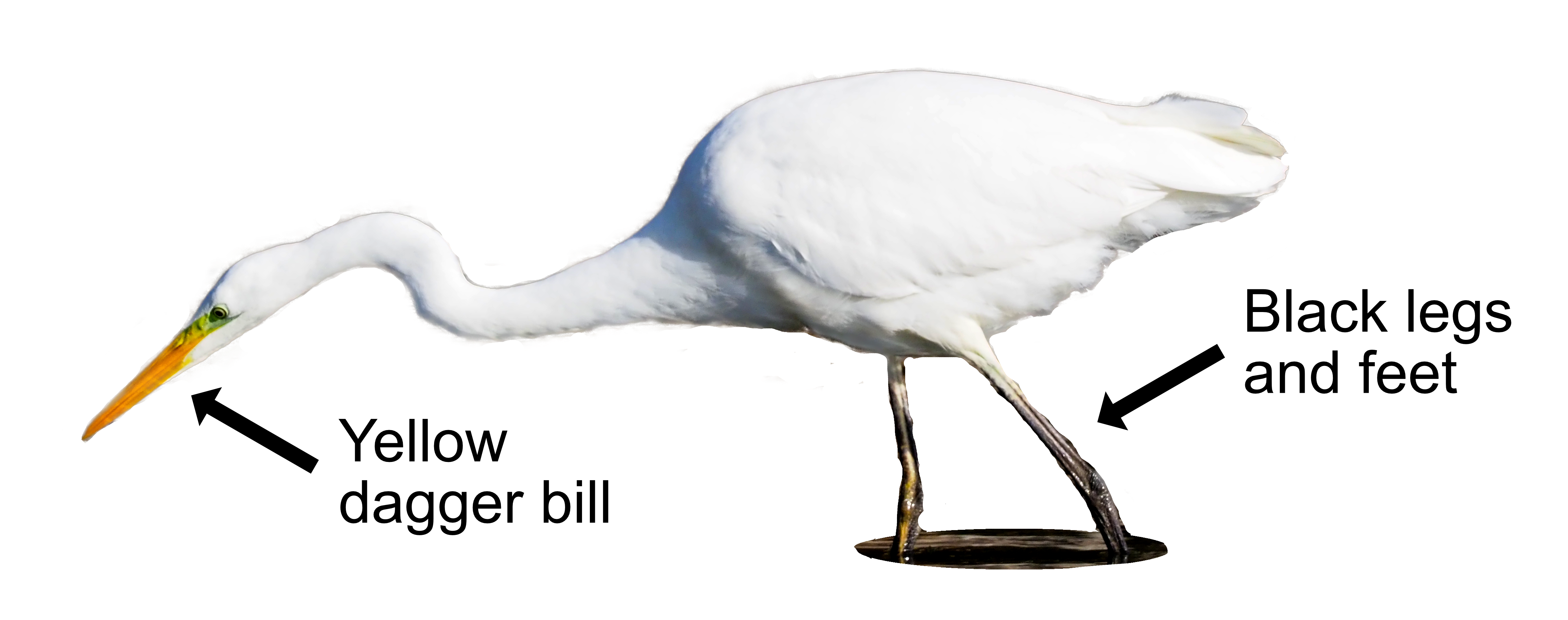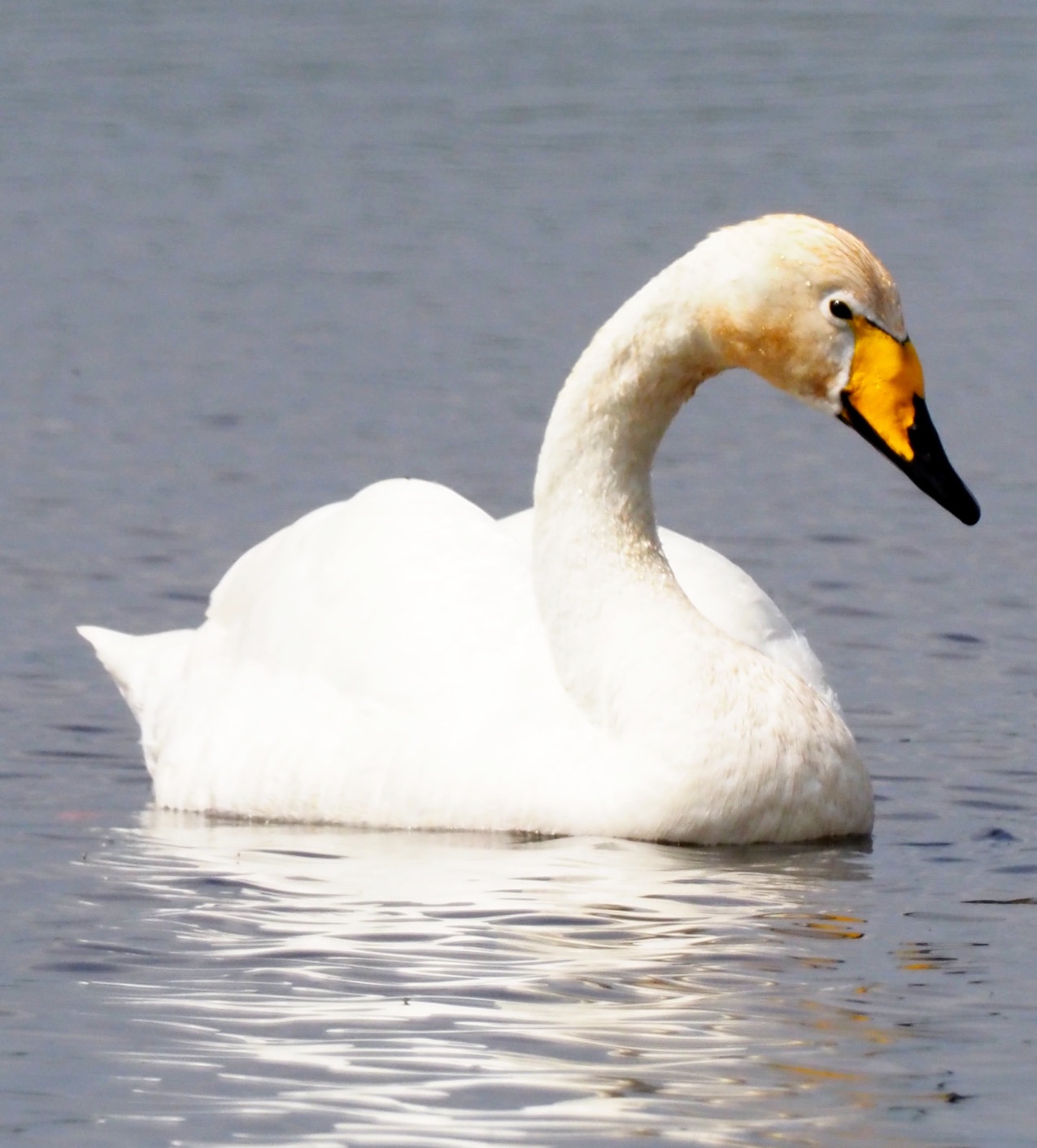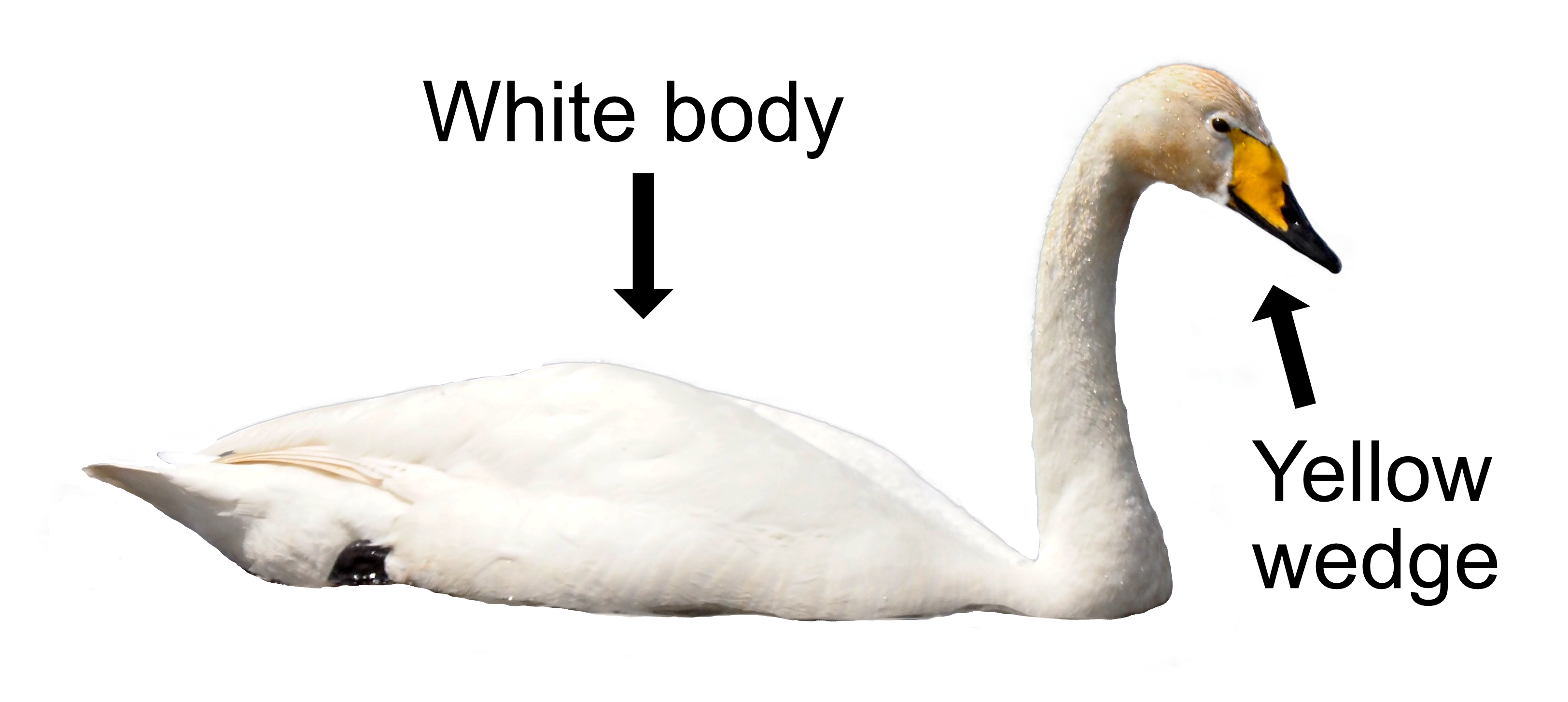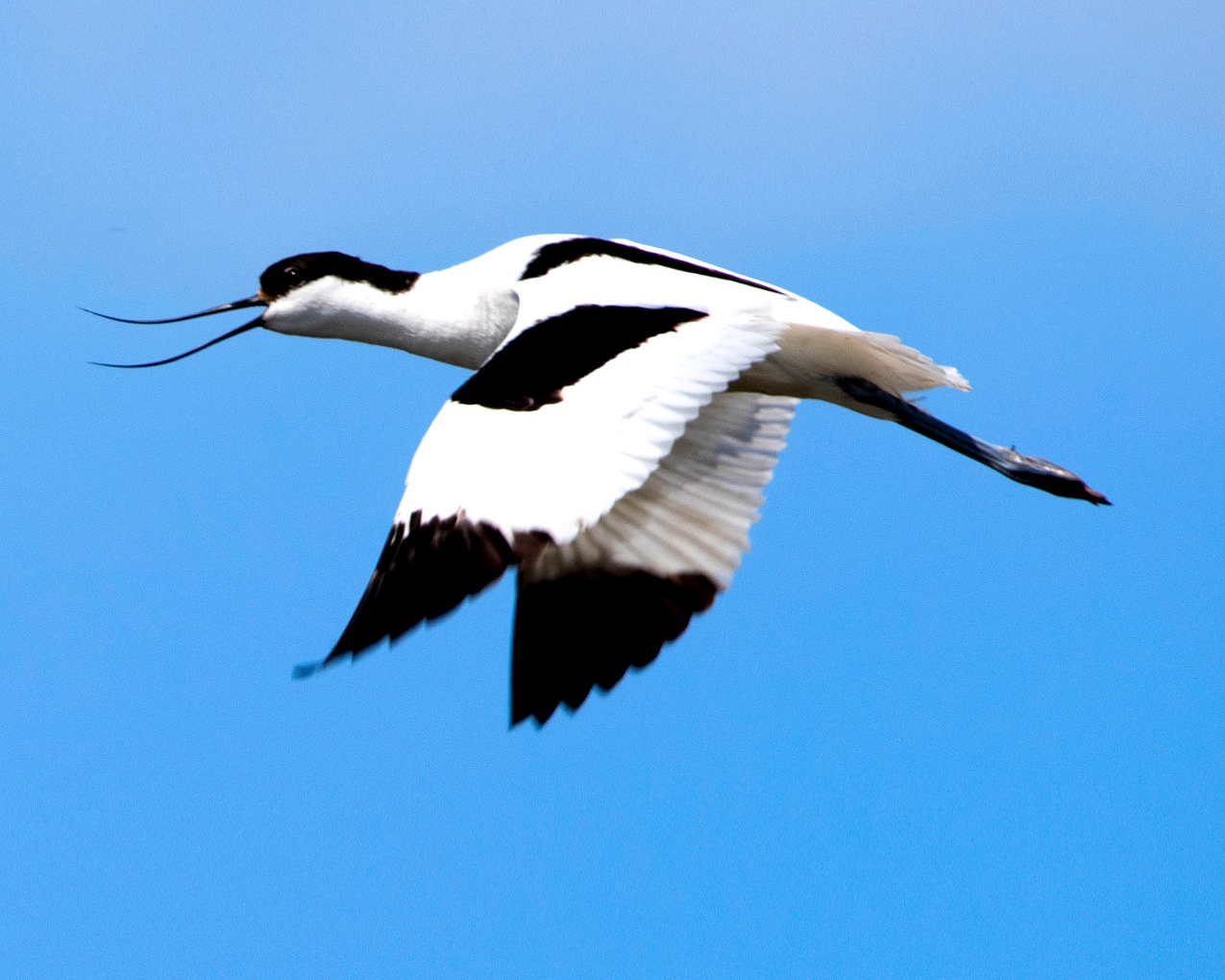
The Avocet is an elegant black and white wader that is a bit of a picky prima donna with a snobby upturned bill. It returned to Britain in 1947 and, as a result of conservation, has flourished, even becoming the RSPB’s emblem in 1970. Avocets like coastal pools and marshes with small islands and little vegetation, so they can easily show off. In winter, many move south to overwinter in Spain and Portugal, though a few stay here.
An Avocet is black and white with a black crown, an upswept thin black bill, and long blue-grey legs. Mum and dad look the same though the youngsters have dark brown patches rather than black. Small fluffy Avocet chicks are unbelievably cute. In flight, their white wings have black wing tips and their legs stick out behind. Their call is a harsh “kluut kluut” and the Dutch word for an Avocet is a ‘Kluut’.
They eat small invertebrates like shrimps and larvae worms by sweeping their bills from side to side while wading in pools.
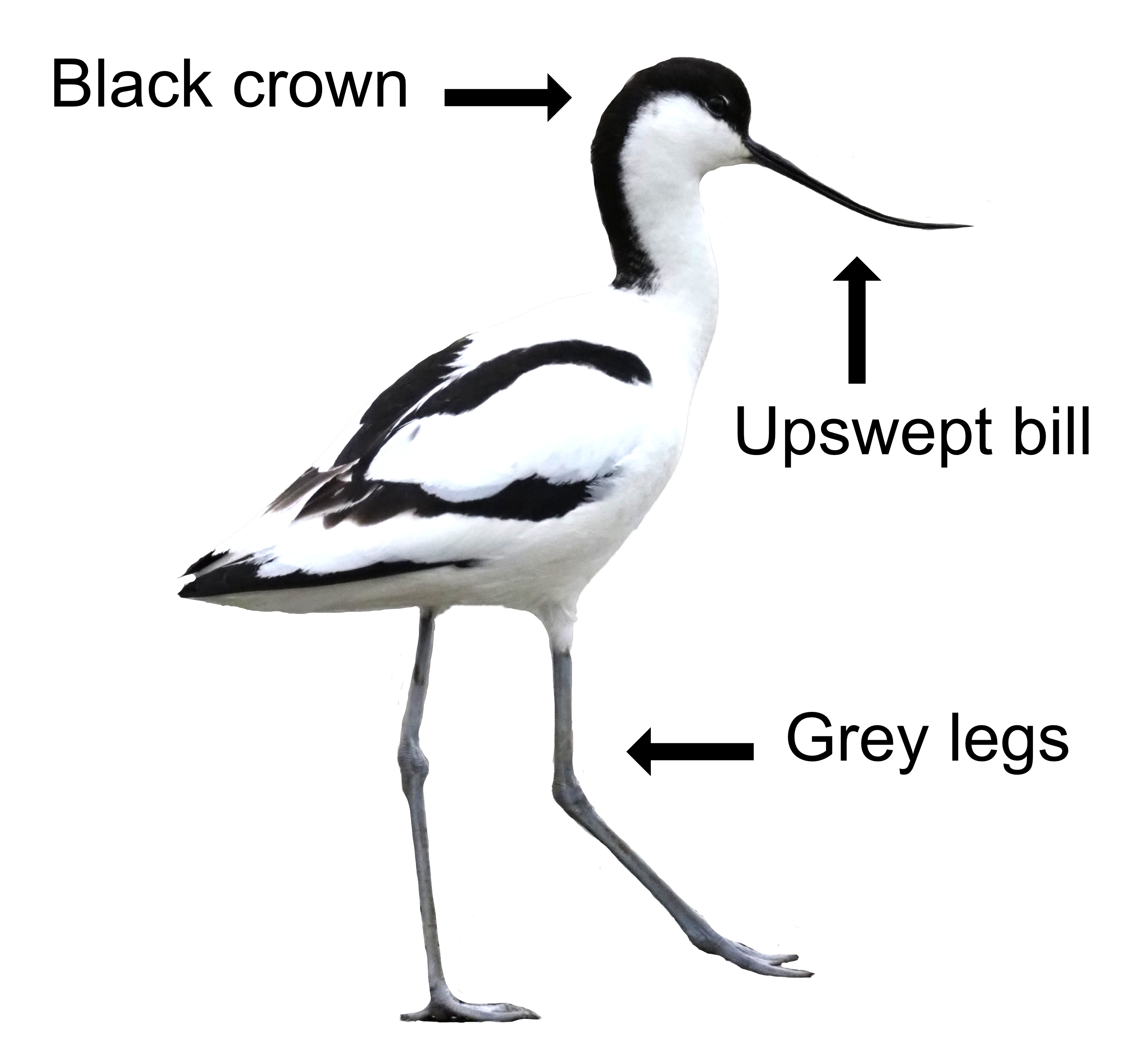
Avocets return to their breeding sites in March. They are social birds and nest in loose colonies near open water. The nest is made from bits of aquatic vegetation and they will build the nest up if the water level rises. Mum lays 2-4 eggs which hatch after 23 days and the chicks can soon feed themselves. Both parents share the incubation and childcare. Mum and dad will bravely see off any aerial predators, like Lesser Black-backed Gulls, by flying at them while calling loudly. The youngsters can fly 35 days later but the family will stick together for a few weeks. Between June and October, after breeding, mum and dad do their moult.
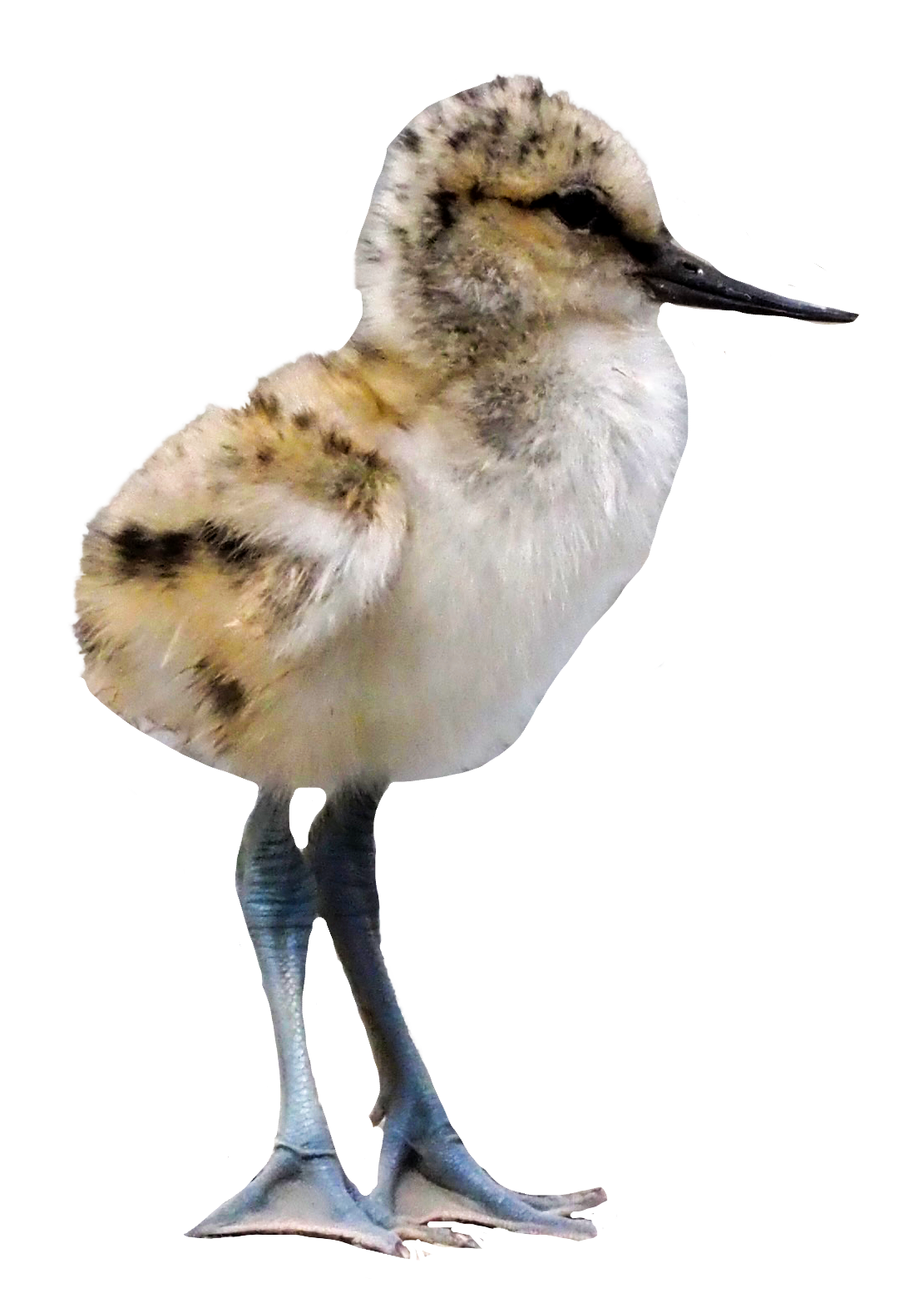
Avocets, or ‘Pied Avocets’ as they are known globally, are a great conservation success story. Victorian hunters and egg collectors drove them to extinction in the 19th century then, ironically, the flooding of coastal marshes during World War II to make invasion harder provided the perfect breeding habitat and prompted their return. The Avocet is specially protected as most of its breeding sites are now on nature reserves and it is very picky about where it lives. Their largest threat is sea level rise caused by global warming. There are 2,000 breeding pairs in Britain and the numbers swell to 7,500 as northern European birds arrive to overwinter here. The oldest ringed Avocet lived to the ripe old age of 24.
Their Latin name is ’recurvirostra avocetta’ where ’recurvirostra’ is derived from ’recurvus’ for ‘curved backwards’ and ’rostrum’ for ‘bill’. The ’avocetta’ is derived from the Venetian word ’avosetta’ which refers to the black and white outfits worn by Italian lawyers. A black and white bird with an upturned bill fits it perfectly. The English name Avocet is also derived from ’avocetta’, though another less posh name is the ‘yarwelp’ from its call. There are four subspecies of Avocets; the American Avocet, the Andean Avocet, the Australian Red-necked Avocet, and the Pied Avocet. Stilts, another long-legged wader, are from the same family as Avocets.
